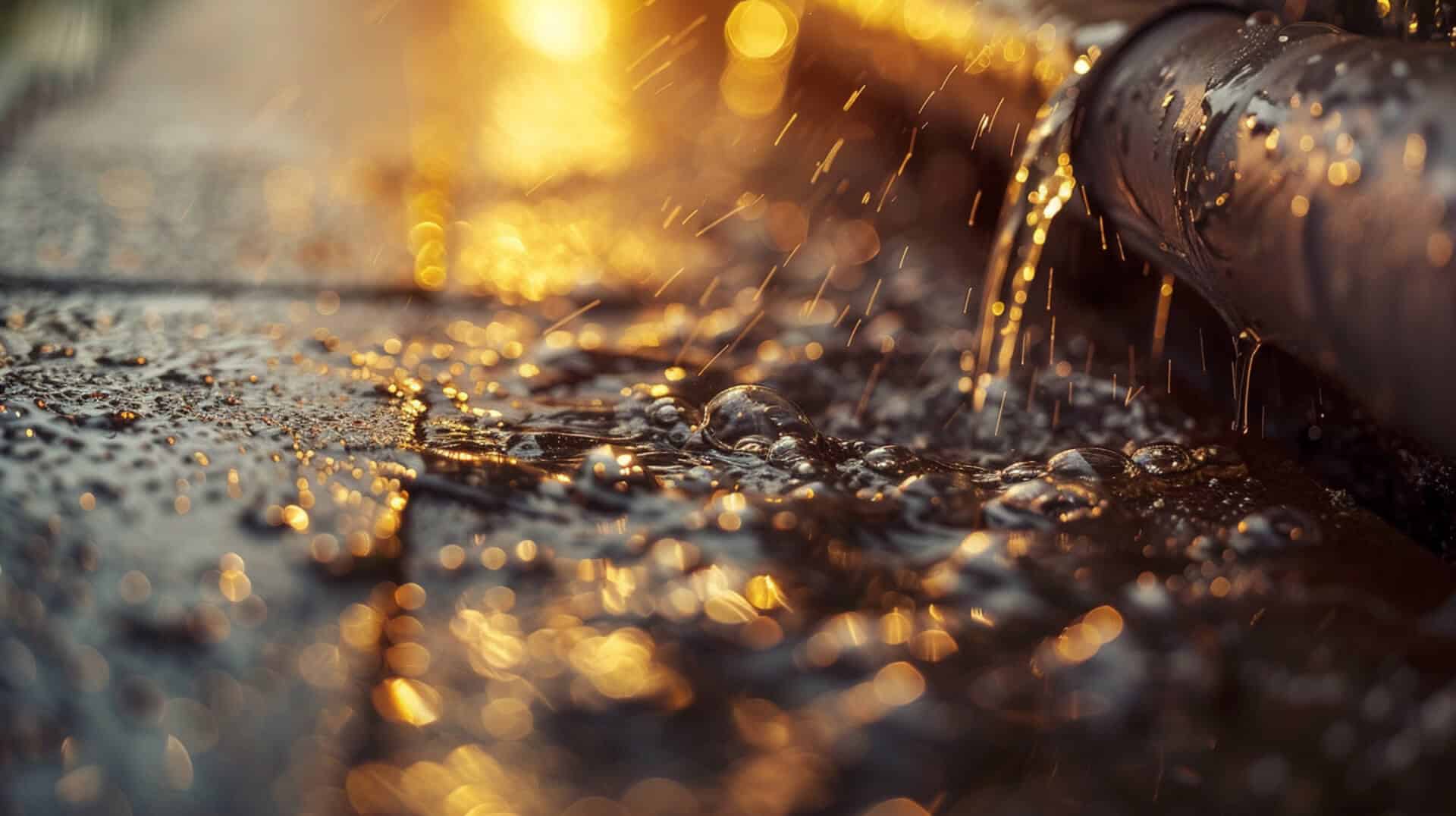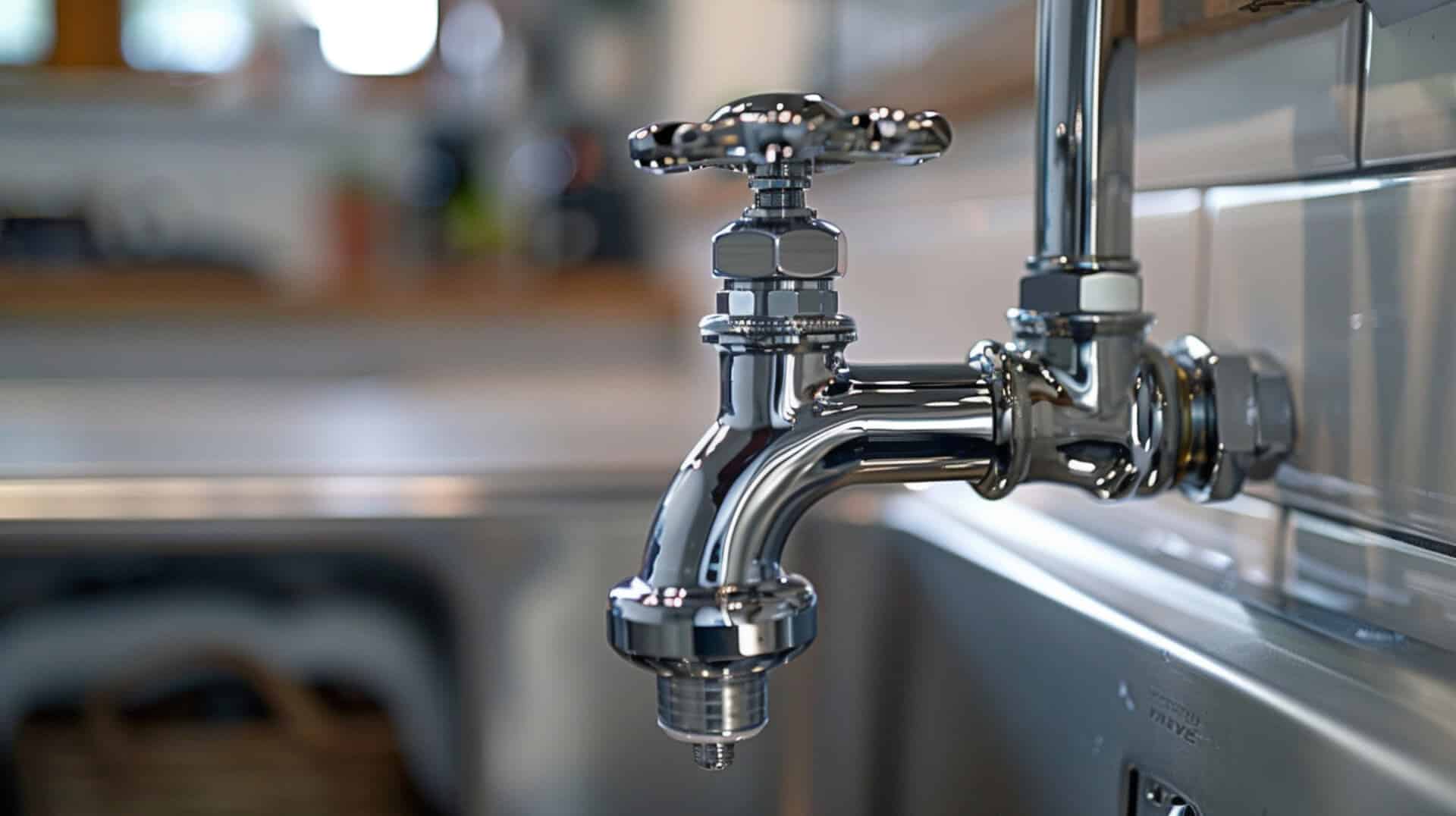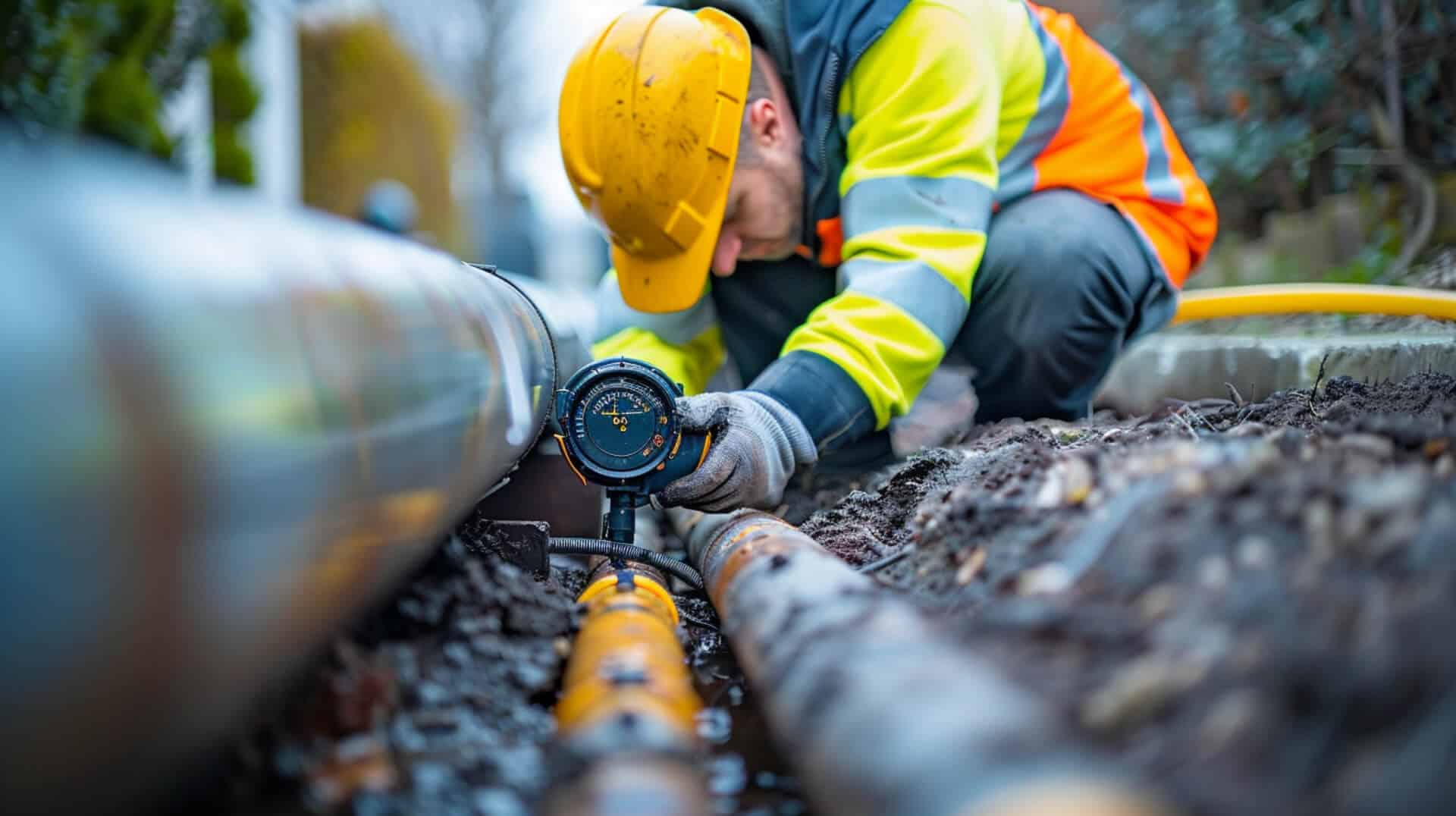 What Is Drain Rodding Service
What Is Drain Rodding Service
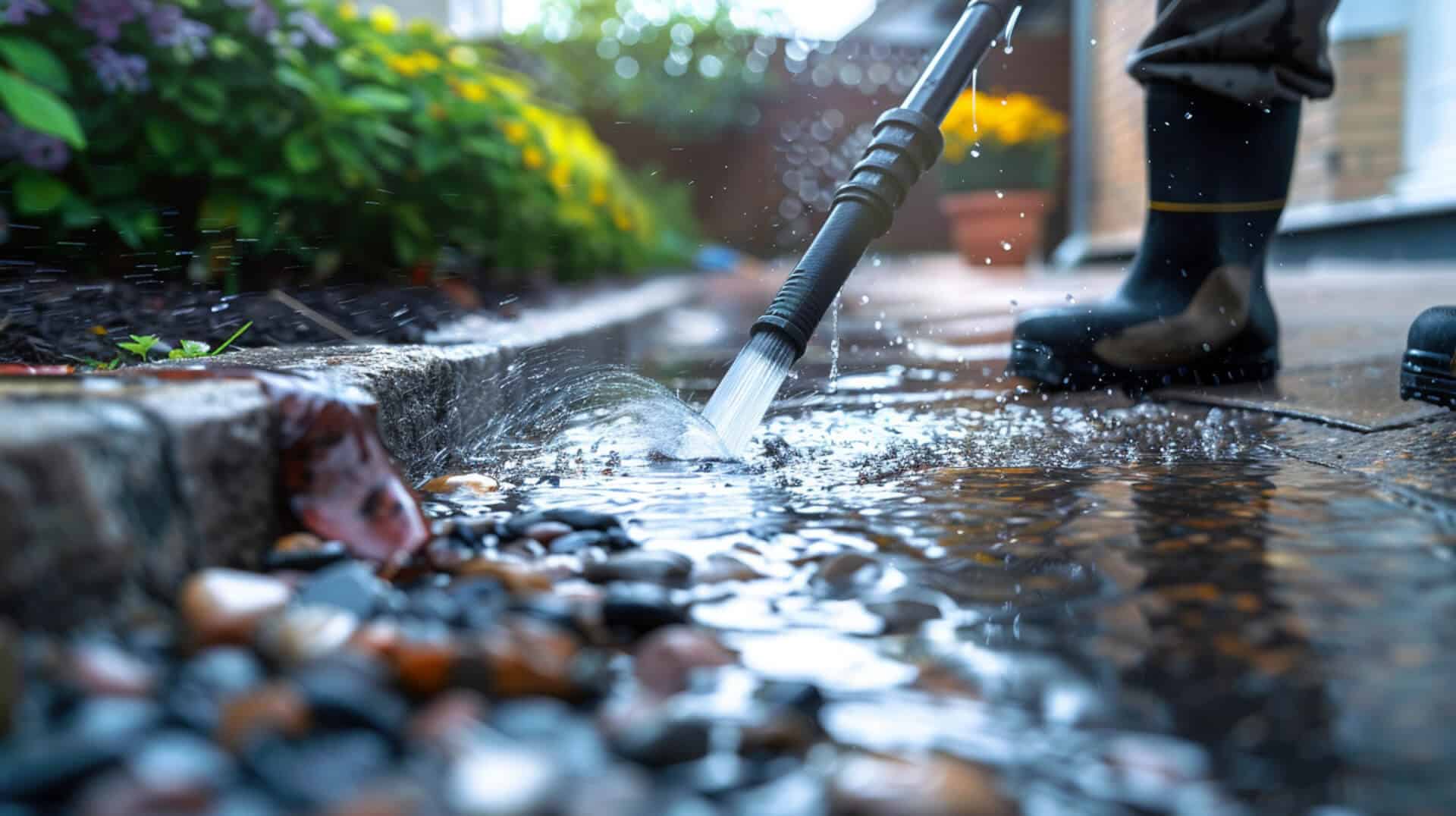
Drain rodding is a conventional method employed to clear blockages in drainage systems. It involves the use of a flexible rod, which is inserted into the drain to dislodge and remove obstructions. This service is particularly necessary for property management as it provides a quick and non-invasive solution to common drainage problems.
When to Opt for Drain Rodding
You may need to consider a drain rodding service when experiencing signs of blockage such as slow draining sinks, foul odours, or when simpler methods like plunging have proven ineffective. It’s most appropriate to opt for this service before the blockage leads to more severe issues like water backup or overflow, which can cause significant damage to property.
The Role of Drain Rodding in Drainage Maintenance
Drain rodding plays a crucial role in the broader context of drainage maintenance and care. Regular use of this service can prevent the accumulation of debris that often leads to blockages, thereby maintaining the efficiency of your drainage system. It’s a fundamental aspect of property upkeep, ensuring that both residential and commercial facilities can avoid the inconveniences and costs associated with clogged drain systems.
Understanding the Drain Rodding Process
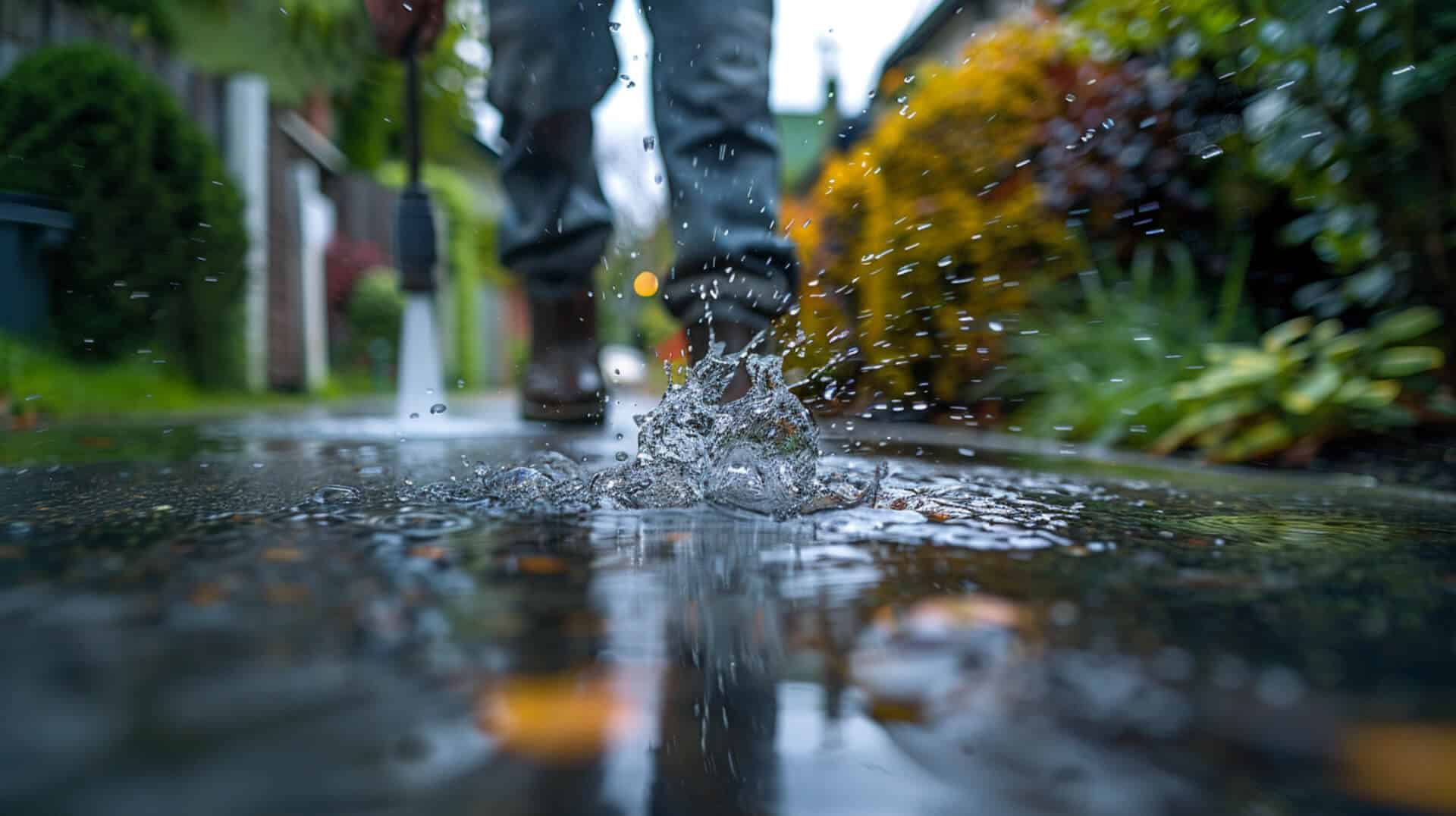
When you’re faced with a blocked drain, understanding the process and equipment involved in drain rodding can be crucial. This section outlines the typical procedure and tools used by professionals to clear blockages effectively.
Equipment Used in Drain Rodding
Drain rodding utilises a set of tools designed for efficiency and effectiveness. The primary instrument is a flexible rod, which may be fitted with various attachments such as:
- Plunger: Used to create pressure and dislodge blockages.
- Blade: Cuts through debris within the pipe.
Professional Execution of Drain Rodding
A professional will typically follow these steps in a drain rodding service:
- Inspection: Initial assessment of the drain to determine the blockage’s location.
- Assembly: Connecting rods and choosing the appropriate attachment.
- Insertion: Gently feeding the rod into the drain.
- Action: Using the rod to push or pull against the blockage.
- Removal: Extracting the debris or breaking it down to clear the passage.
Limitations of Drain Rodding
Drain rodding is particularly effective for blockages close to the opening. However, it may not be suitable for:
- Deep Blockages: Those located far within the system.
- Severe Blockages: Extremely dense or solid obstructions.
Preference for Drain Rodding
Professionals often prefer drain rodding for its simplicity and quick resolution of issues like slow draining showers or garden sinkholes. It’s a straightforward method that can provide immediate relief from common drainage problems.
Identifying Common Drainage Issues
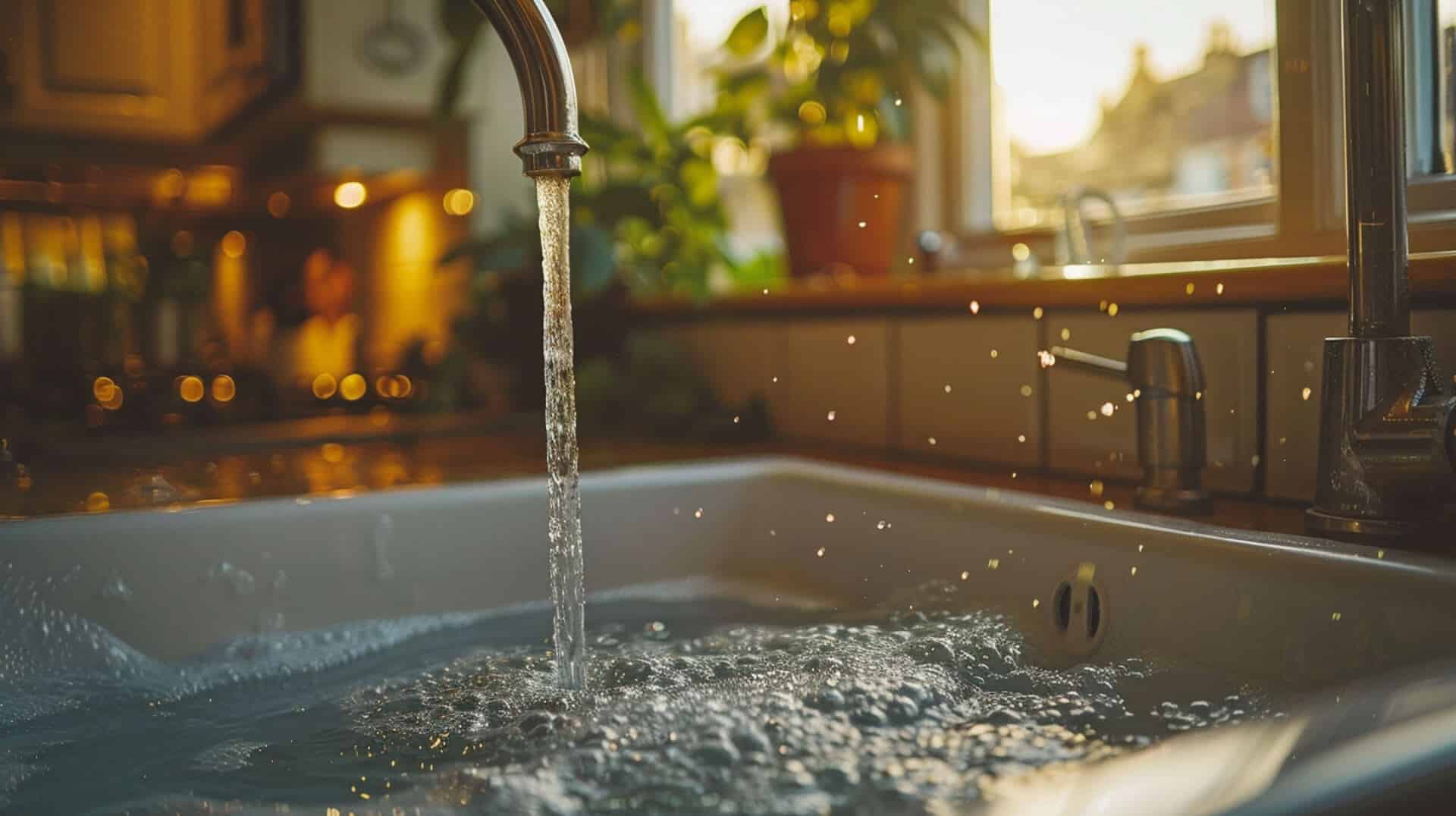
Recognising the early signs of drainage problems is essential for maintaining the integrity of your property’s plumbing system. Here, you’ll learn about the indicators that suggest a need for drain rodding and the impact of various blockages on your drainage system.
Signs Indicating Drain Rodding is Necessary
Several symptoms may signal the presence of a blockage in your drainage system:
- Foul Odour: Persistent bad smells emanating from drains.
- Slow Draining: Water takes longer than usual to drain from sinks or showers.
- Overflowing Drains: Water or sewage backing up from the drain.
- Garden Sinkholes: Unexplained depressions in your garden, which may indicate a collapsed drain.
Impact of Blockages and Vermin on Drainage Systems
Blockages, whether caused by accumulated waste, fatbergs, or rats, can lead to:
- Reduced Flow: Impeding the normal flow of water through pipes.
- Structural Damage: The potential for pipes to crack or collapse under pressure.
- Health Risks: Increased risk of vermin infestation and unsanitary conditions.
Escalation to Professional Intervention
Property owners should seek professional help when:
- DIY Methods Fail: Home remedies and over-the-counter solutions do not resolve the issue.
- Signs Persist: The above symptoms continue despite attempts to clear the blockage.
Importance of Early Detection and Resolution
Addressing drainage issues promptly can prevent:
- Further Damage: Minimising the risk of extensive repairs.
- Costly Interventions: Reducing the potential for more expensive solutions if problems are left unchecked.
Comparing Drain Rodding with Alternative Solutions
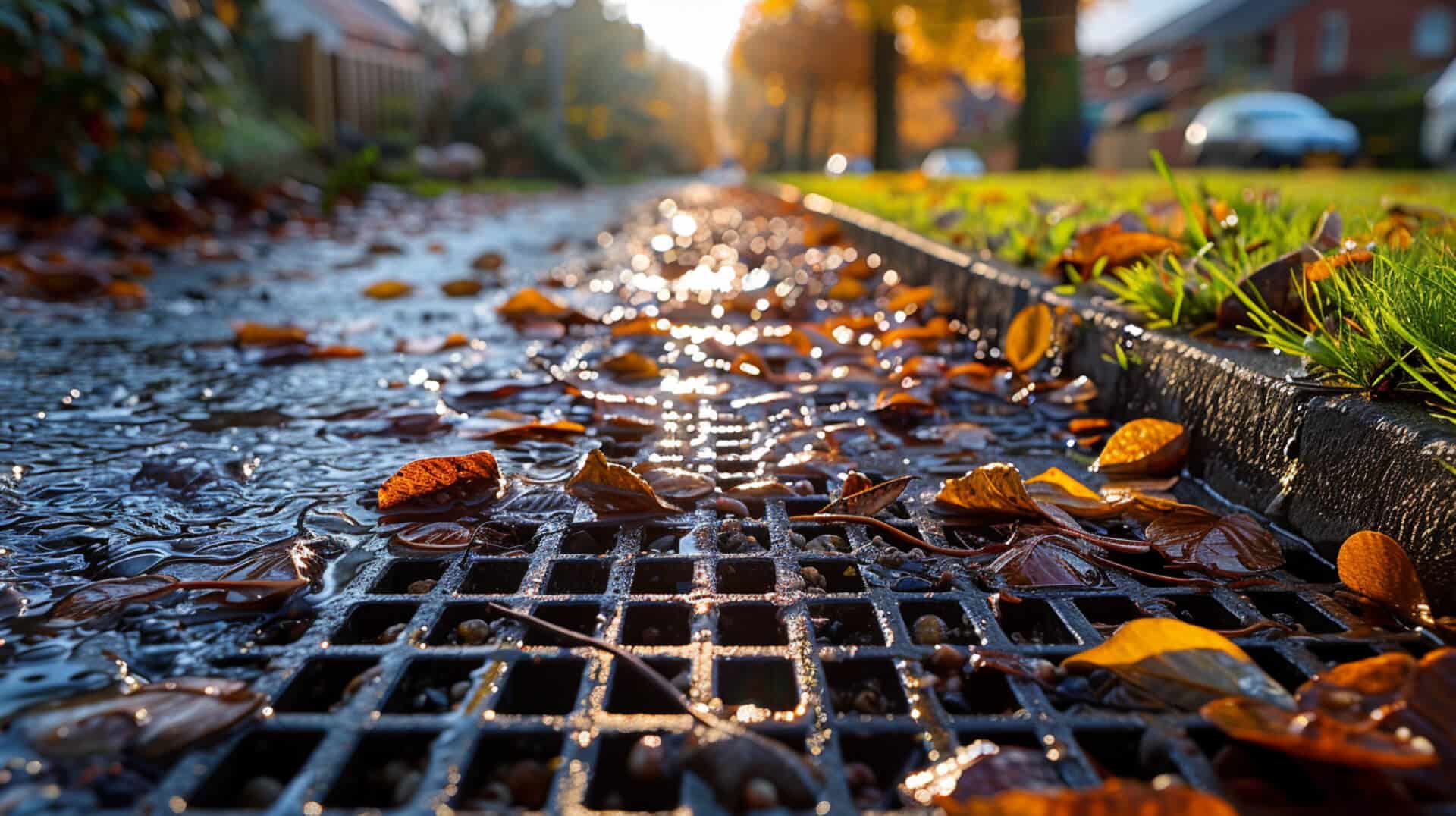
When addressing drainage blockages, professionals have a suite of methods at their disposal. Drain rodding is one of several techniques used to clear drains, each with its own set of applications and benefits.
Distinctive Features of Drain Rodding
Drain rodding is distinct from other methods due to its:
- Simplicity: It involves manually inserting a rod to dislodge blockages.
- Speed: Often provides a quick resolution to near-opening clogs.
- Minimal Equipment: Requires only the rod and attachments, making it less complex.
Decision-Making in Drainage Solutions
Professionals consider several factors to determine the most suitable method:
- Blockage Location: Accessibility and distance from the opening.
- Blockage Type: Nature and consistency of the obstruction.
- Drain Condition: Age and fragility of the drainage system.
Role of CCTV Drain Surveys
CCTV drain surveys are instrumental in the decision-making process, providing:
- Visual Inspection: An internal view of the drainage system.
- Accurate Diagnosis: Identification of blockage characteristics and pipe conditions.
- Preventive Analysis: Detection of potential issues before they escalate.
Situations Requiring Multiple Methods
A combination of methods may be necessary when:
- Complex Blockages: Multiple factors contribute to the blockage.
- Comprehensive Solutions: A need for both immediate and long-term resolution.
- Environmental Considerations: Choosing the most eco-friendly approach.
The Environmental Impact of Drain Rodding
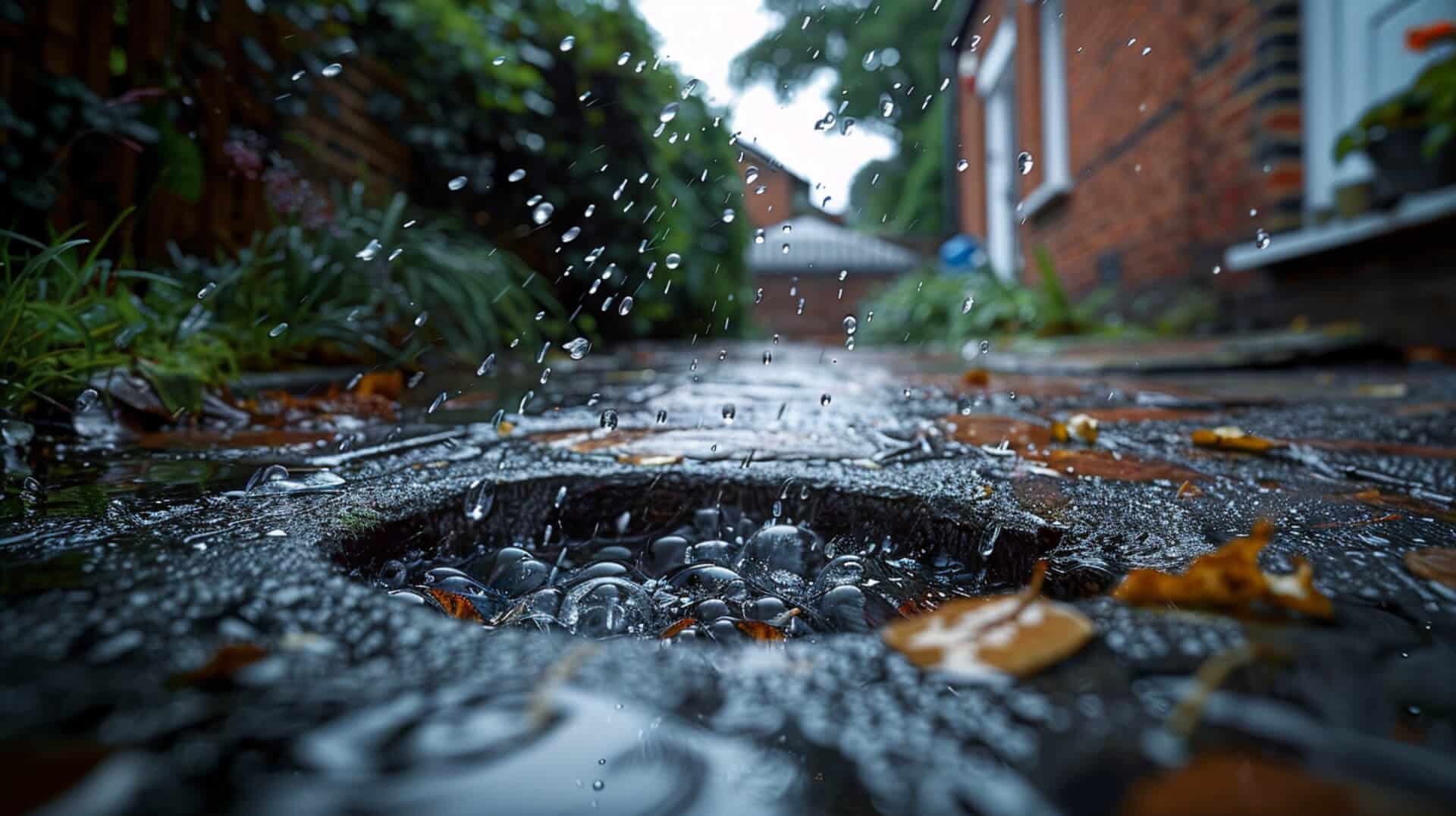
Evaluating the environmental implications of drain maintenance methods is a responsibility that property managers must take seriously. Drain rodding, as a method of clearing blockages, presents several eco-friendly aspects worth considering.
Eco-Friendly Aspects of Drain Rodding
Drain rodding is a mechanical process that does not rely on harsh chemicals, making it a more environmentally sound choice. Its key eco-friendly features include:
- No Chemical Use: It avoids the introduction of potentially harmful substances into the wastewater system.
- Low Impact: The method is less invasive than excavation, preserving the surrounding soil and ecosystem.
Drain Rodding vs. Chemical Treatments
Compared to chemical treatments, drain rodding offers a safer alternative for the environment:
- Safety for Aquatic Life: Chemicals can be toxic to wildlife if they enter waterways.
- Long-Term Sustainability: Mechanical removal of blockages prevents the accumulation of chemical residues.
Prioritising Eco-Friendly Drain Solutions
Property managers should prioritise eco-friendly solutions like drain rodding when:
- Local Regulations Demand: Some areas have strict guidelines on chemical use.
- Sustainability Goals: Aligning with broader environmental policies and practices.
Importance of Environmental Considerations
Considering the environmental impact is crucial because:
- Community Health: Protecting the local environment ensures the well-being of the community.
- Regulatory Compliance: Adhering to environmental regulations avoids potential legal issues.
Cost Analysis of Drain Rodding Services

Understanding the financial aspects of drain rodding services is essential for property owners. This section examines the factors that influence the cost and the value it provides.
Factors Influencing Drain Rodding Costs
The price of drain rodding services can vary based on several elements:
- Severity of Blockage: More severe blockages may require additional time and specialised equipment.
- Accessibility: Hard-to-reach drains might increase the complexity and cost of the service.
- Extent of Service: The need for additional services, such as CCTV surveys, can affect the overall price.
Property Size and Accessibility Impact on Pricing
The cost is also influenced by the property’s characteristics:
- Property Size: Larger properties may have more extensive drainage systems, potentially increasing the cost.
- Location of Blockage: Drains located underground or within walls may be more challenging to access, impacting the price.
Value in Choosing Drain Rodding
Drain rodding offers value in several ways:
- Efficiency: It provides a quick resolution to common blockage issues.
- Simplicity: The method requires less equipment and time than some alternatives.
Importance of Cost-Benefit Analysis
A thorough cost-benefit analysis helps property owners manage their budgets effectively by:
- Comparing Options: Assessing drain rodding against other methods for long-term financial efficiency.
- Preventive Measures: Considering the cost of regular maintenance to prevent future blockages.
The Role of Professional Expertise in Drain Rodding

When considering drain rodding services, the expertise of the provider is paramount. This section explores the qualifications and accreditations that distinguish reputable professionals in the field.
Qualifications of Drain Rodding Professionals
A qualified drain rodding service provider should possess:
- Technical Knowledge: Understanding of various drainage systems and blockage types.
- Practical Experience: Hands-on experience with drain rodding equipment and techniques.
Importance of Accreditation
Accreditation from recognised bodies, such as the Water Jetting Association, provides assurance of:
- Quality Standards: Adherence to industry best practices and safety protocols.
- Professional Training: Evidence of comprehensive training and skill development.
Choosing Professional Services Over DIY
Opting for professional services is advisable when:
- Complexity Rises: The blockage is severe or located in a difficult-to-reach area.
- Risk of Damage: There is a potential for damage to the drainage system or property.
Comprehensive Solutions Offered by Professionals
Professional services offer more than just immediate blockage removal; they provide:
- Diagnostic Services: Identifying the underlying cause of blockages.
- Preventative Advice: Recommendations for maintaining clear drains.
- Guaranteed Work: Assurance of quality and recourse in case of issues.
By selecting a professional drain rodding service, you ensure that the job is done efficiently, safely, and with the expertise required to prevent future drainage problems.
Preventative Measures and Maintenance Tips
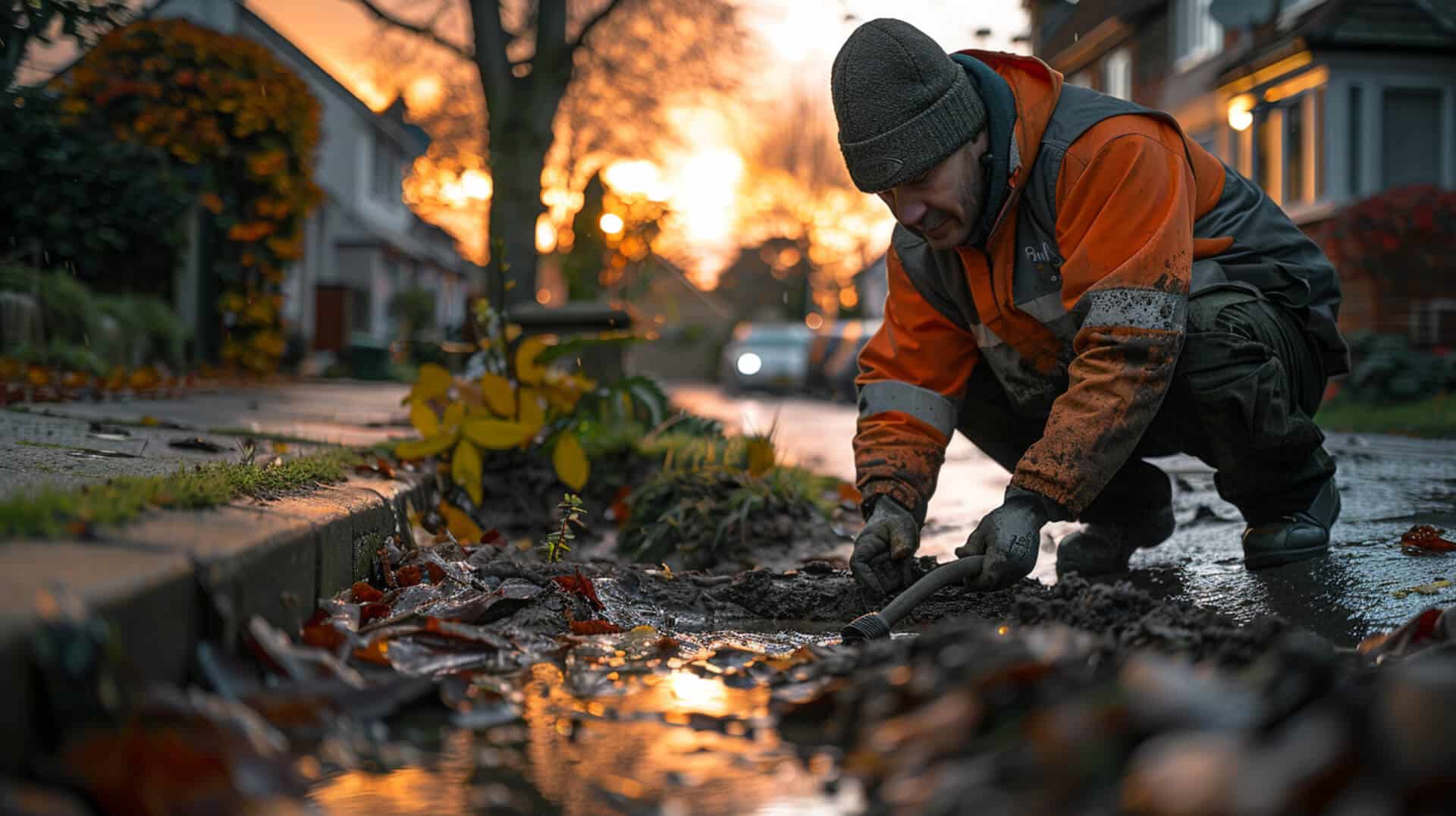
Regular maintenance is a cornerstone of effective property management, particularly when it comes to drainage systems. By implementing routine checks and cleaning, property owners can significantly reduce the likelihood of blockages that necessitate drain rodding services.
Implementing Effective Drainage Care
To maintain clear drains and avoid the need for emergency services, consider the following practices:
- Regular Cleaning: Flush drains with hot water weekly to prevent buildup.
- Waste Disposal: Dispose of food, grease, and non-biodegradable items properly, not down the drain.
- Inspections: Conduct periodic visual checks for early signs of blockage.
Resources for Preventative Maintenance
Resources and professional advice on maintaining your drainage system can be found through:
- Local Plumbing Services: Many offer maintenance tips and scheduled service plans.
- Online Guides: Reputable home maintenance websites provide detailed instructions for DIY care.
- Professional Consultations: Experts can tailor maintenance advice to your specific needs.
Importance of Ongoing Maintenance
Ongoing maintenance is critical for several reasons:
- Cost Efficiency: Regular upkeep can prevent costly repairs and emergency call-outs.
- System Longevity: Well-maintained drains last longer and perform better.
- Health and Safety: Clear drains reduce the risk of health hazards associated with blockages.
By adhering to these maintenance tips, you can ensure the longevity and efficiency of your property’s drainage system, ultimately saving time and resources.
Navigating Emergency Drainage Situations
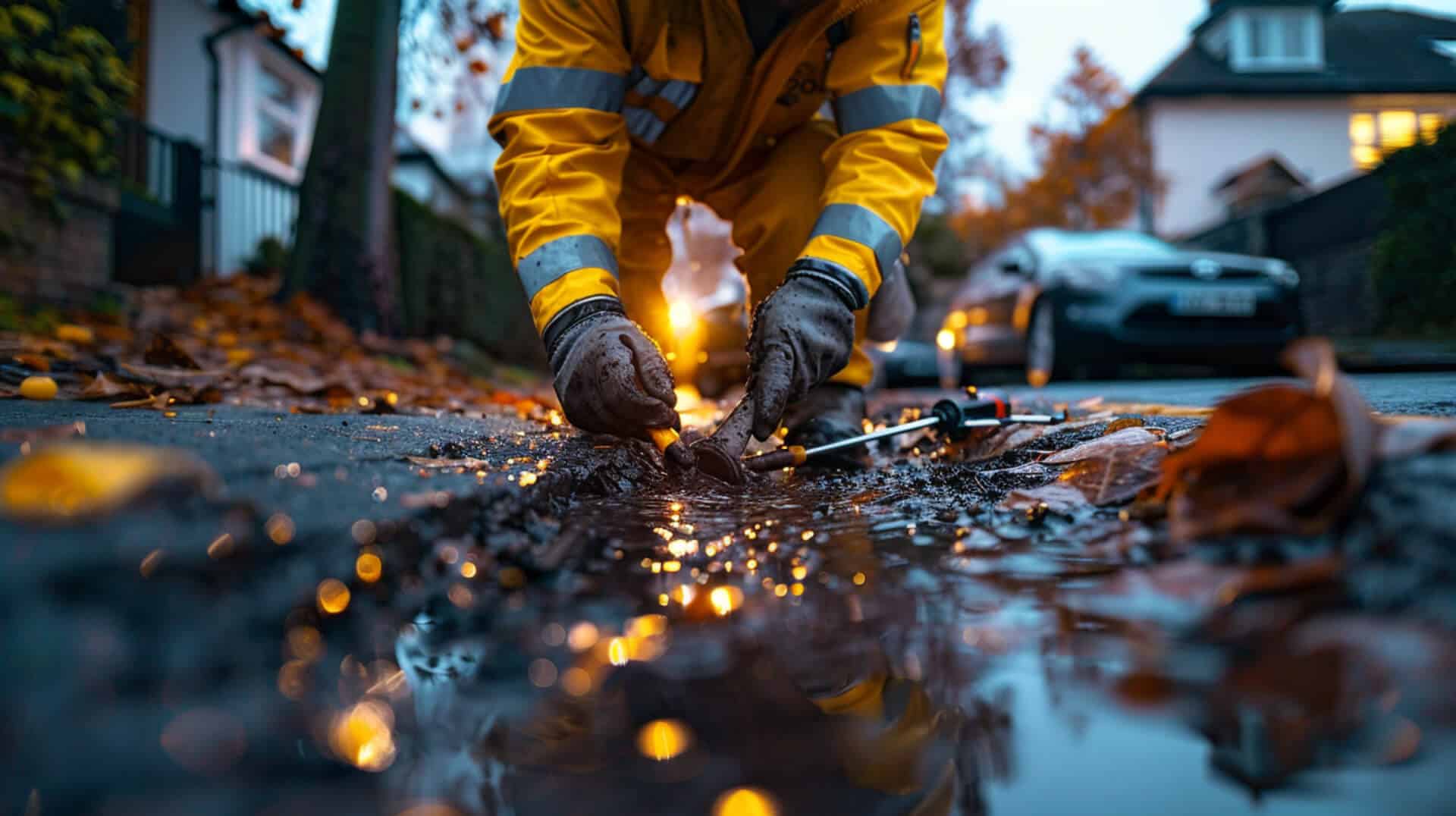
In the event of a drainage emergency, swift and decisive action is required to mitigate damage and restore functionality. Understanding the steps to take and how emergency services operate can be crucial during such incidents.
Immediate Steps for Drainage Emergencies
If you encounter a sudden and severe drainage problem, such as an overflowing drain or a major blockage, it is important to:
- Cease Usage: Immediately stop using all plumbing fixtures to prevent exacerbating the issue.
- Safety Measures: Take any necessary precautions to protect your property from water damage.
- Professional Contact: Reach out to a professional drainage service that offers emergency assistance.
Response of 24/7 Emergency Services
Emergency drainage services are structured to provide rapid assistance. Upon contact, they will:
- Assess the Situation: Quickly evaluate the severity of the emergency over the phone.
- Dispatch Experts: Send qualified professionals to your location without delay.
- Immediate Action: Perform urgent drain rodding or other necessary measures to control the situation.
Locating Immediate Assistance
Property owners can find emergency drainage services through:
- Online Directories: Search for local services with 24/7 availability.
- Referrals: Ask for recommendations from friends or local community groups.
- Hotlines: Utilise emergency numbers provided by professional drainage companies.
Importance of Rapid Response
A prompt response is essential to:
- Prevent Damage: Reduce the risk of water damage to the property and its contents.
- Health and Safety: Address sanitary concerns that arise from sewage backups.
- Cost Control: Minimise the potential for more extensive and expensive repairs.
Legal and Regulatory Considerations in Drain Maintenance
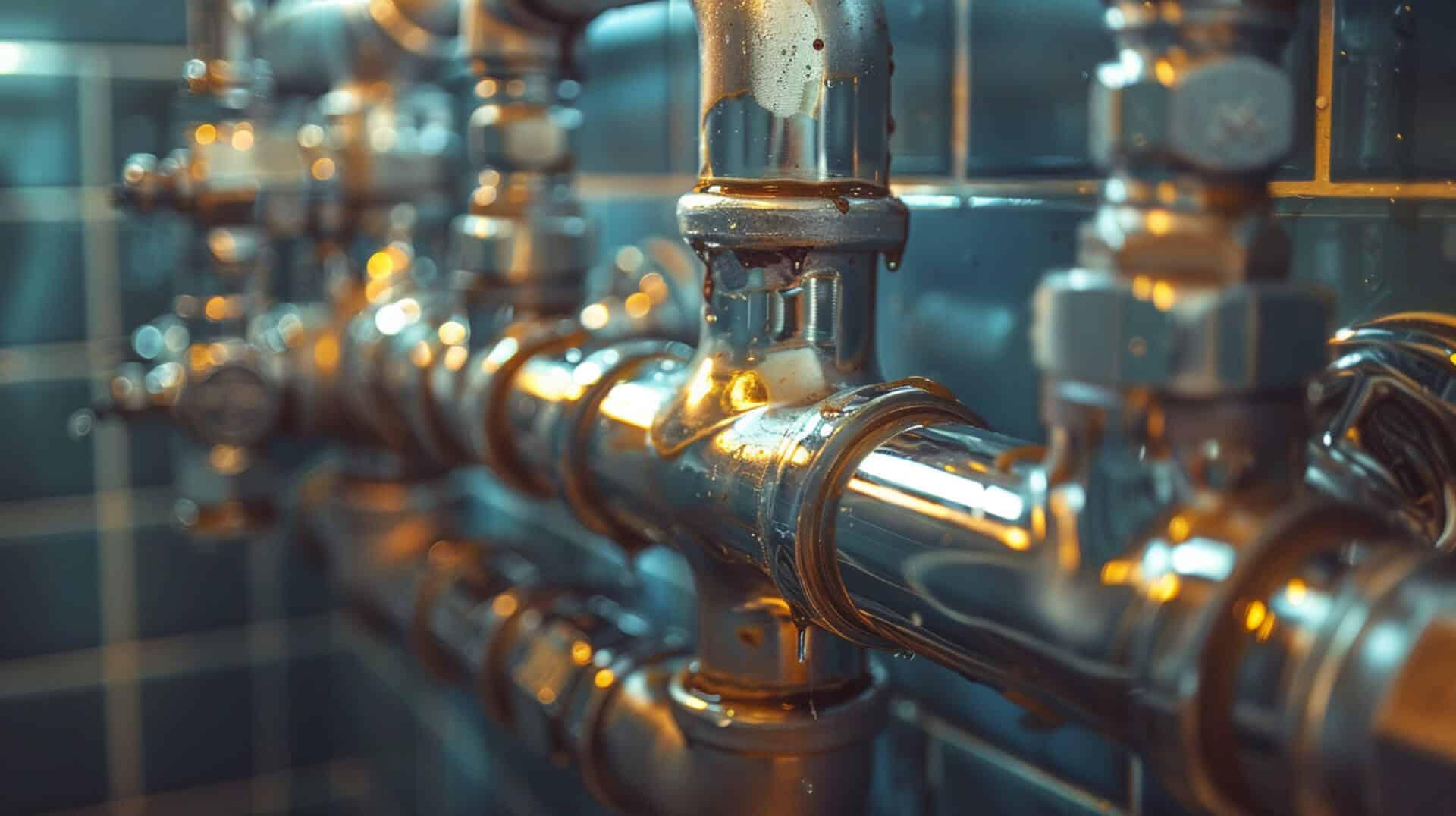
Property owners must navigate a complex landscape of legal obligations and local regulations when it comes to maintaining their drainage systems. Compliance is not only a matter of legal necessity but also a commitment to community health and safety.
Understanding Legal Obligations
As a property owner, you are responsible for ensuring that your drainage system is properly maintained and does not pose a risk to public health or the environment. This includes:
- Regular Inspections: Ensuring that drains are checked and cleaned routinely.
- Prompt Repairs: Addressing any issues quickly to prevent exacerbation.
Impact of Local Regulations
Local regulations may dictate specific requirements for drain maintenance, which can influence the methods you choose. For example:
- Environmental Codes: Some areas may restrict the use of certain chemicals or methods.
- Building Regulations: Compliance with building codes is essential when modifying or repairing drainage systems.
Sources for Compliance Information
Information on compliance and best practices can be found through:
- Local Government Websites: Offering guidelines and resources for property maintenance.
- Professional Associations: Providing industry standards and updates on best practices.
Importance of Regulatory Adherence
Adhering to regulations is critical for:
- Avoiding Liability: Non-compliance can result in fines or legal action.
- Ensuring Community Well-being: Properly maintained drains contribute to the overall health and sanitation of the community.
Case Studies: Demonstrating the Effectiveness of Drain Rodding
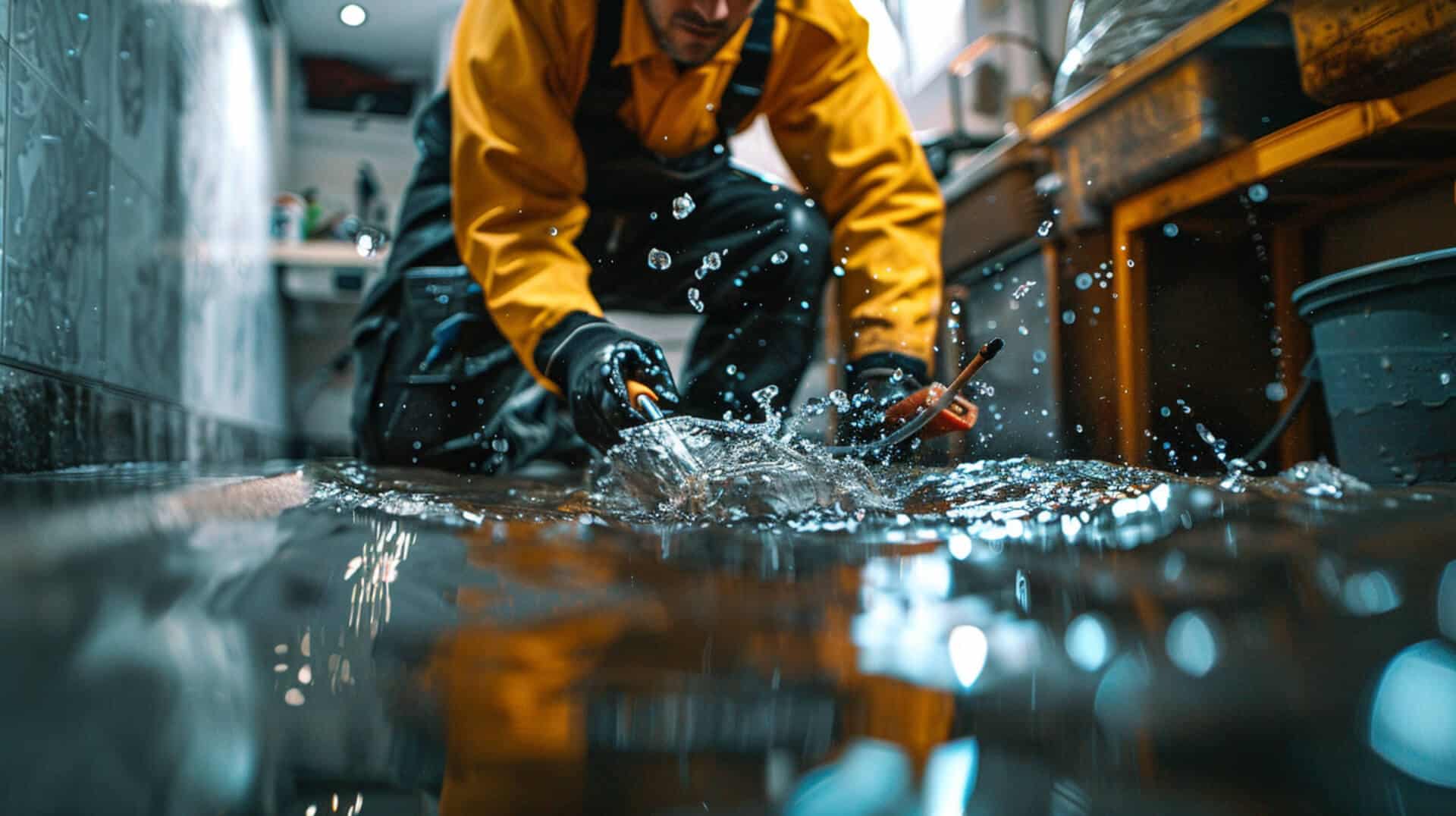
Real-world examples provide valuable insights into the practical benefits of drain rodding services. These case studies illustrate how timely interventions can resolve drainage issues efficiently and effectively.
Businesses Benefiting from Timely Drain Rodding Services
Commercial entities often face significant disruptions due to drainage problems. Case studies show that:
- Restaurants: Have quickly reopened kitchens after clearing grease blockages with drain rodding.
- Retail Facilities: Avoided inventory damage by addressing emergency sinkholes with prompt rodding services.
Overcoming Challenges with Professional Expertise
Professional drain rodding services have successfully navigated complex blockages where:
- Residential Properties: Experienced minimal disruption when deep blockages were cleared without the need for excavation.
- Industrial Sites: Managed to maintain operations by using rodding to preemptively clear potential blockages identified through CCTV surveys.
Significance of Case Studies in Understanding Drain Rodding
These real-world applications underscore the value of drain rodding by:
- Demonstrating Versatility: Showcasing the method’s effectiveness across various scenarios and property types.
- Highlighting Efficiency: Emphasising the speed with which professionals can respond to and resolve issues.
- Providing Assurance: Offering property owners confidence in the method’s reliability and the professionals’ expertise.
Key Takeaways on Drain Rodding Services
For property owners, understanding drain rodding services is essential for effective property and facility management. Here are the key points to remember:
Integrating Knowledge for Improved Management
- Drain rodding is a direct method for addressing blockages close to the drain opening.
- Recognising when to use this service can prevent more severe drainage issues.
- Regular maintenance, including drain rodding, can extend the lifespan of your drainage system.
Seeking Further Information and Services
If you require more details or wish to schedule a drain rodding service, consider the following resources:
- Professional Drainage Companies: They offer comprehensive services and can provide additional information.
- Online Platforms: Websites dedicated to home maintenance may have educational resources on drain rodding.
Proactive Drainage Maintenance
A proactive approach to drainage maintenance is advisable because it:
- Helps avoid the inconvenience and costs associated with emergency drain blockages.
- Ensures the drainage system operates efficiently, reducing the risk of property damage.
By staying informed and proactive, you can ensure the longevity and reliability of your property’s drainage system, avoiding the stress and expense of unexpected repairs.
